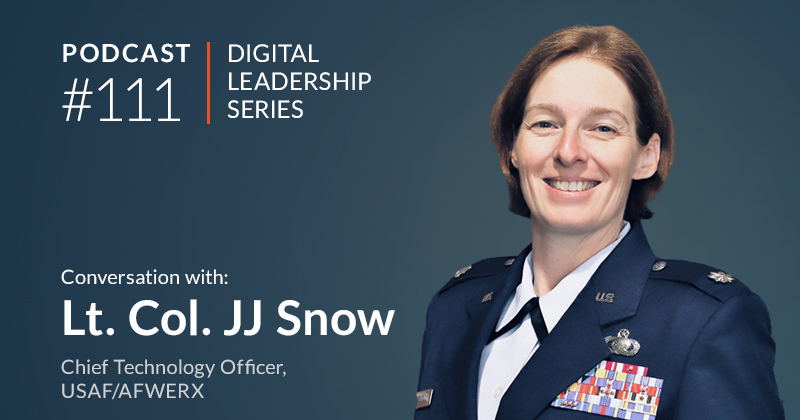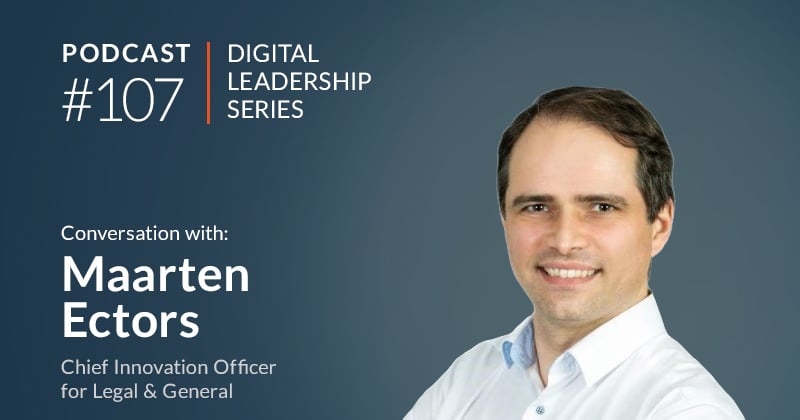Insight Vector: Leveraging the Untapped Promise of USSD to Connect the Internet of Things
Ed Maguire

Innovation and market perspectives from leading IOT innovators
Our conversation with Neil Hamilton, VP of Business Development for Thingstream, highlighted the unique advantages of the ubiquitous, but little known USSD messaging technology. USSD runs over traditional GSM SS7 networks with short messages used to identify and locate roaming devices. Because it’s not TCP/IP based, it’s highly secure, and because it uses minimal power to connect and transmit, device battery life can extend three, five or even ten years. Thingstream is commercializing USSD technology to make adoption easy for IoT use cases where ubiquitous coverage, security and long battery life are needed. .
|
|
Neil Hamilton A division of Myriad
|
Neil is VP of Business Development at Thingstream, a division of Myriad Group. Neil is a technology evangelist who has been a founding member of a number of successful technology start-ups involved with mobile and commerce technologies. He is passionate about demystifying complex technology and evangelising the business benefits and new revenue opportunities such technology presents.
Could you share a bit of the history that led you to Thingstream?
Since leaving high school I’ve always either had my own businesses or been involved in a start-up relating to technology of some description. In 1999 I got a taste for the global technology market when I joined the fledgling start up, Elata, an early provider of mobile content delivery systems which quickly exited to Qualcomm. It was there I first worked with Bruce Jackson, who was CTO then and is the current CTO at Myriad Group/Thingstream. Following the sale of my own predictive analytics start-up in 2012, PredictiveIntent Ltd to SmartFocus, I rejoined Bruce as part of a new team at Myriad Group AG, a compelling Swiss technology company.
Myriad was involved in a number of areas: selling USSD messaging technology to mobile carriers, running white-labeled mobile chat services, and optimizing firmware on small footprint devices. We realized that these three areas were converging in the emerging IoT space and that we had the potential to bring a very exciting disruptive proposition to the market. Although we understood the technological aspects, our management team was new to the IoT ecosystem, so we engaged Momenta to help fast-track our market entry.
Could you provide a bit of context around USSD?
USSD is a little-known technology - but it’s ubiquitous. USSD is a bidirectional messaging protocol that operates inside a secure end-to-end tunnel within an SS7 network. The only way to compromise the connection is to hack into the phone network as same time communications are taking place. USSD messaging holds the fabric of cell networks together and is essential for services such as roaming to operate.
We realized that USSD offered some unique qualities which were ideal for IoT connectivity. First, less energy and modem time is required to connect to a GSM network compared to cellular data, thus regular 2G and 3G can provide a low power alternative to various emerging LPWAN options which are not mature yet. Second, messages of 182 characters (which equates to ~160 bytes) can be transmitted each second – and this is more than enough capacity for most IoT applications that require transmission of sensor data.
Because USSD requires basic GSM connectivity, there is an abundance of components and devices available to manufacturers of connected devices thanks to the maturity of the GSM ecosystem. This means the cost of a device is cheaper than alternatives on the market today.
Ubiquity and security are two key areas of advantage for the technologies. On the security side, there is no reliance on TCP/IP. If there’s a device in an airport sending data via USSD, there is no TCP/IP, hence the communication between device and gateway has no connection to the public Internet. Thingstream has packaged the technology so it can be used to solve a lot of problems.
What’s involved if I want to use Thingstream?
In short, a customer just needs one of our Global Roaming IoT SIMs and our Thingstream SDK installed on their device, that’s it. We tend to find that manufacturers of GSM devices can easily retrofit existing products to work with our connectivity platform. Our general rule is that if a GSM module from manufacturers like Simcom, Ublox, Telit, Quectel etc. supports the 3GPP 27.007 standard, we’re in a good place to support that customer/device.
What are the biggest factors contributing to confusion?
The biggest factor contributing to confusion for enterprise customers is the hype around “new IoT technologies”. The mobile carriers bombard us with developments in LTE NB-IoT and LTE Cat 1M and then we have a ton of LPWAN providers in the market. I personally speak with many end customers who haven’t got all the facts and cannot make decisions as to which connectivity method is going to be best for them, let alone what devices, what back-end etc. It would be wonderful if there was a dummies guide to IoT for C level management to easily digest. We’ve taken a stab at creating a IoT Connectivity Guide to help try to map the right connectivity to the right use cases.
What are some of industries where USSD technology will be most valuable?
Fundamentally the Thingstream use of USSD is relevant to 3 horizontal use cases:
- Where “things” move - domestically or internationally
- When products need to be deployed “connected” right from the factory
- When products need communications to be cyber-secure
Industrial connectivity is where all three use cases come into play and are most valuable.
How would customers ensure success with USSD?
The success for implementation is using a partner who can help organize both devices and connectivity to their IoT platform and ensure the overall solution matches their business case. The fewer the moving parts, the better and quicker success will be.
If you like to meet Neil in person, we like to invite you to visit our Connected Industry Pavilion at the IoT Solutions World Congress 2017, October 3-5 in Barcelona, Spain.
The third IoT Solutions World Congress is dedicated to Industrial IoT (IIoT) solutions realized through real-world applications, which is Momenta Partners’ specialty. You can meet Thingstream and other exciting Connected Industry companies from our ecosystem.
Arrange an appointment in advance or just stop by! You’ll find us at B210 in Hall 5.




